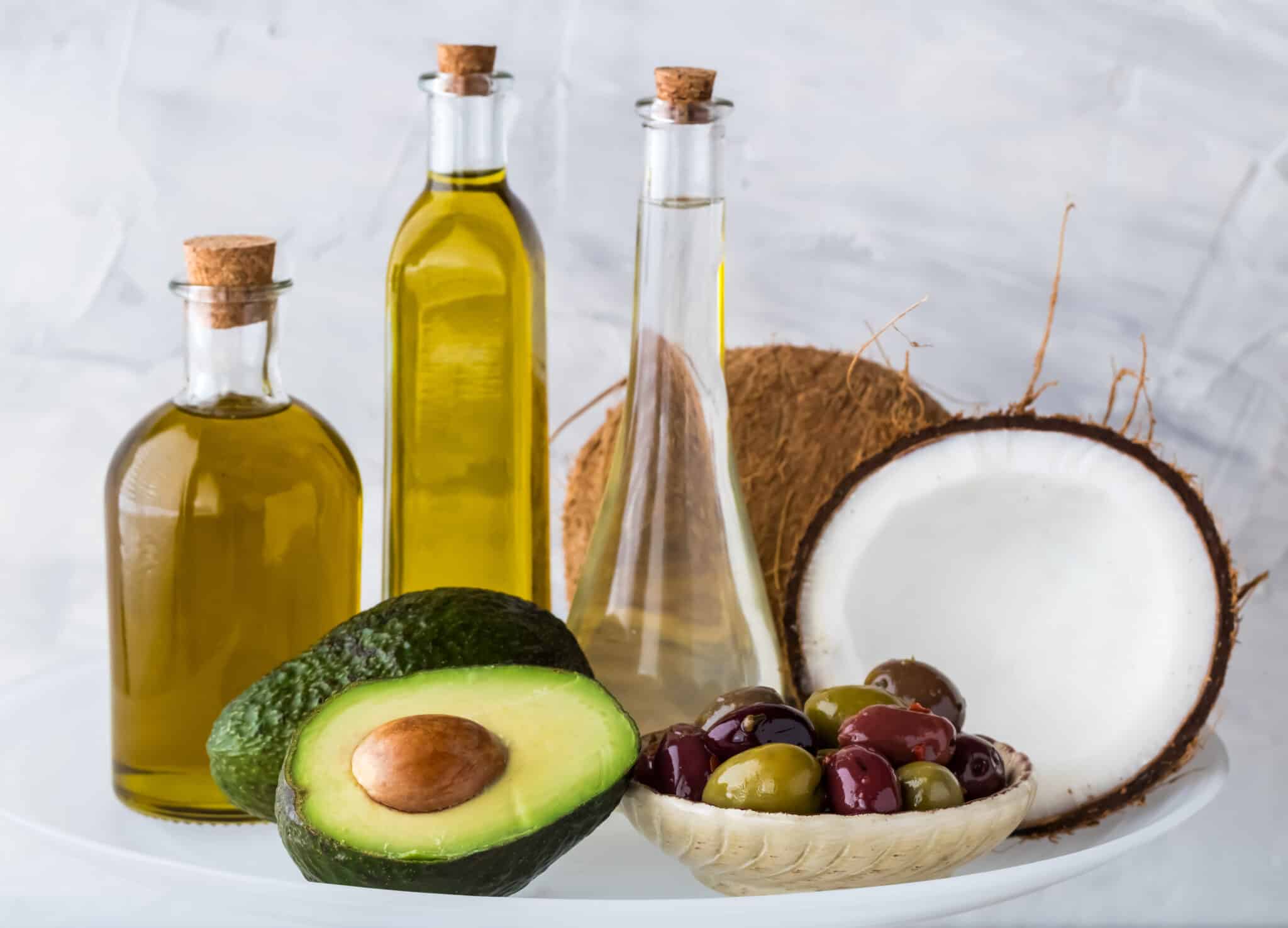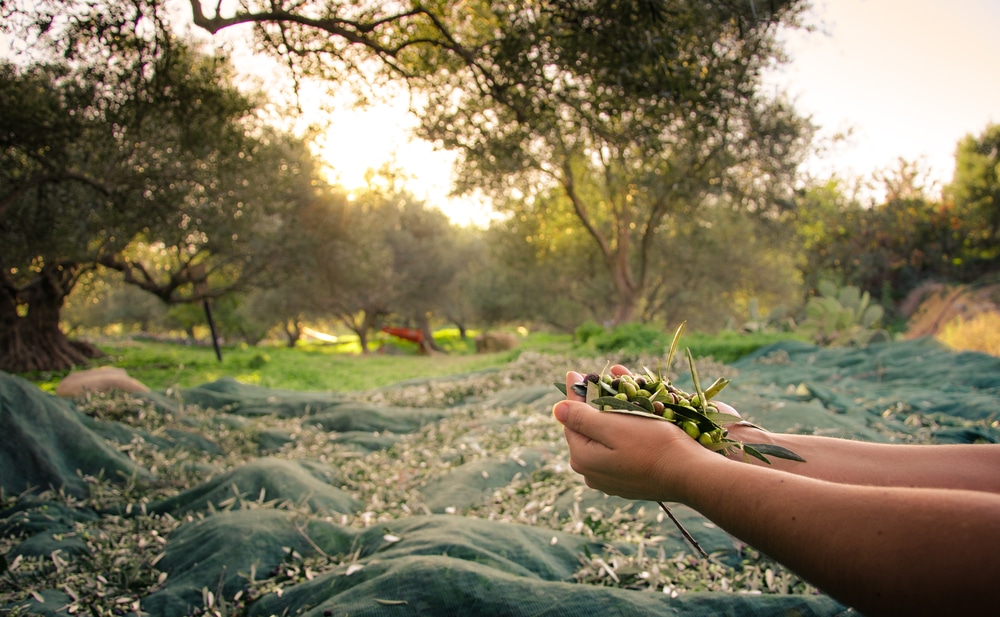We wish we could say we were the innovators, but we can’t. Thousands of years of history and half a dozen civilizations have contributed to make the olive oil that we consume today. From the Phoenicians to Ancient Greece, through Ancient Egypt, the Etruscans and the Roman Empire, on to the Muslim settlers in Al-Ándalus and finally the Spanish colonists who traveled to the New World, let us take a trip back through time and review the many actors that have played a part in the history of olive oil.
From the Prehistoric Ages to Ancient Greece
Historians are not entirely sure about the exact origin of olive oil. Many sources agree that humans used olive trees in some form or other as far back as the Upper Paleolithic Age, around 12,000 BC. However, most sources commonly attribute the first wave of cultivation and commercialization of olive oil to the Phoenicians who were known to distribute olive oil around the Greek isles as far back as the 16th century BC. At first, distribution was largely centered around Crete and its surrounding islands, but by the 12th century BC olive oil had made its way into mainland Greece and Macedonia before passing on to Egypt. The Phoenicians opened up a number of commercial routes all along the coasts of the Mediterranean Sea.
In Ancient Egypt, the olive tree and fruit played very important roles in sacred rituals. Olives were destined as food for the pharaohs in their transit to the afterlife, and crowns and other ornaments made of olive branches have been found in a number of tombs including that of Tutankhamun. Nonetheless, it is believed that many of the olives that were consumed in Ancient Egypt were imported from Greece.
In Ancient Greece, olive oil was used for different purposes depending on social class. The lower classes did not use olive oil for cooking whereas higher classes did. Olive oil was commonly used as fuel to light dwellings and was also used for medicinal purposes, particularly as body oil.
The great Athenian statesman Solon (630-560 BC) established the first ever laws to regulate the cultivation and exportation of olive oil, particularly favoring oil that originated from the Attic peninsula. Just like in Ancient Egypt, the olive tree also played an important role in Greek tradition. During the first ever Olympic Games in Ancient Greece, winners were rewarded with an olive wreath as a sign of recognition for their exploits.
At the height of Ancient Greece, the Greeks opened new commercial routes to Tripoli, Tunisia, Sicily, and all the way up to the north of Italy. The Phoenicians had already introduced the olive tree to the Iberian peninsula (Spain) circa 1,100 BC, but it was the Greeks who developed olive cultivation in the area, particularly in the south of the peninsula. The production of olive oil took a further leap forward when the Romans conquered the peninsula.
The Roman Empire and Hispania
What the Greeks started, the Romans built on. In a similar fashion to how the Ancient Greeks offered an olive branch to Olympic winners, the Romans also regarded the olive tree very highly and offered olive wreaths to victorious Roman generals as a symbol of esteem.
Prior to the rise of Ancient Rome, the Etruscans had already been introduced to olive cultivation by the travelling Greeks, but their Roman successors expanded on what the Etruscans and Greeks had put in place. With the rise of the Empire, the Romans opened many new commercial routes to export wine, garum (a fish-based condiment), and olive oil to its many colonies.
In their new colonies, the Romans dedicated vast areas of land to the cultivation of olives and the production of olive oil. Areas such as Tripolitania, currently western Libya, and the Baetic region in Hispania, currently western Andalusia in Southern Spain, became two of the most important regions for the production of olive oil under Roman reign. To this day, Andalusia remains one of the most prominent producers of olive oil in the world.
As Nicole explains in the great informational video below, Andalusia was the olive basket of the Roman Empire, and olive oil was like crude oil to the Romans. It helped sustain the Empire’s imperial dominance for centuries, not only because olive oil was a primary source for nutrition, but also because it was an indispensable fuel for lamps, was used as medicine, for cosmetics, and for perfume.
The Middle Ages
During the Middle Ages, olive oil was mostly used for cooking and was also used to light houses, produce soap (the famous ‘Savon de Marseille’), lubricate textiles, and more. While olive oil was cheap in southern parts of Europe, it was by no means cheap in the northern regions and primitive butter or “milk-based fat” was much more readily available than olive oil for culinary purposes. Whatever use was made of olive oil quickly vanished in Northern Europe after the fall of the Roman Empire, as local populations and new governors felt the need to detach themselves from the now archaic and unwelcome Roman model.
The production of olive oil thrived in areas surrounding modern-day Tunisia, as local producers inherited all the technology and know-how that the Romans had passed on to them in previous centuries. In the newly named Al-Ándalus region (the new name given by the Muslims to the Iberian Peninsula), olive oil became a staple in the population’s daily diet, often replacing animal fats. It was also widely adopted for medicinal purposes.
Arab migrants who inhabited the peninsula were quick to notice the value of the highly productive olive plantations that the Romans had established centuries ago. Areas such as the Aljarafe near Seville counted almost half a million olive trees and, as a result of centuries of cultivation, these olive trees were producing some of the highest yields ever seen.
The New World and the Modern Era
Following Columbus’ arrival in America in 1492, the Spanish were the first to introduce the olive tree to the New World. Within a century they had helped spread the olive tree all the way from California to the south of Chile.
Nowadays, the olive tree has made its way to all continents except for Antarctica. Olive groves can be found in southern Africa, in China, all the way to Oceania. Spain produces over 50% of olive oil worldwide with most of its production originating from Andalusia, home of Italica Olive Oil. Italy and Greece are the second and third largest producers of olive oil, with Tunisia – yet another Mediterranean country – coming in fourth place. Regulated by the International Olive Oil Council (IOOC), the industry has been in constant growth since the beginning of the twentieth century and is set to keep growing for years to come.
Thank you for reading. If you enjoyed this post on the history of olive oil, enter your name and email address in the form below to subscribe to our newsletter and receive more content related to olive oil and Italica’s own brand of oils.





